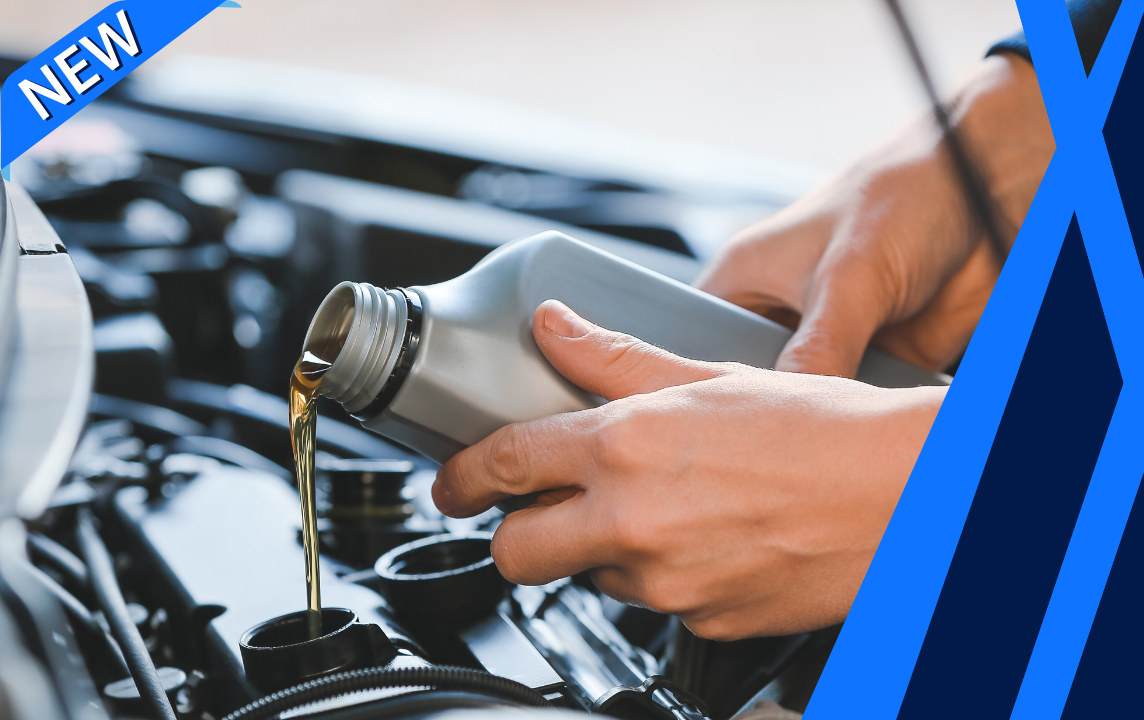Description
Check engine light is on Inspection
How this system works:
The Check Engine Light location and colour will vary by vehicle, but in most cases, it is a dashboard warning light that is yellow and shaped like an engine. It may or may not have the word “check” integrated into the design.
This indicator is part of the onboard diagnostics (OBD-II) system and in all cases, it indicates a problem with your emissions system. Basically, it is an emissions monitoring system. A Check Engine indicator will stay solid or blink.
- If the indicator is blinking, the situation is usually serious, such as a severe misfiring of the engine. This would allow unburned fuel to dump into the exhaust system, pushing the temperature of your catalytic converter to the breaking point. Slow the car down, find a safe place to stop, and request a mechanic to perform a diagnosis.
- A steady light on the other hand is not an emergency situation. You can continue driving, but you should schedule an appointment with a mechanic as soon as possible.
Common reasons for this to happen:
While a Check Engine Light can come on for a number of reasons, in most cases it is due to one of the following issues:
- Loose or damaged fuel cap: It’s hard to believe that a fuel cap can prompt your check engine light to come on, but it can. Your gas cap acts as the seal for your fuel system and it helps maintain the pressure in your fuel tank. A loose or damaged cap can reduce your fuel mileage and increase emissions from your car.
When that annoying yellow light pops on, the first thing you should do is pull over and inspect your petrol cap. If it is loose, a quick tighten could very well solve your problem. If it is damaged, head to your local auto parts store for a new one.
Once you have fixed the issue, continue driving to see if the check engine light turns off. If the light stays on, schedule an appointment with a mechanic.
- Faulty oxygen sensor: An oxygen sensor monitors the exhaust for unburned oxygen, which indicates engine efficacy and the proper air-to-fuel ratio. If you have a faulty sensor, it will not provide the correct data to the onboard computer. The majority of vehicles have two to four sensors. The OBD II code will tell the mechanic which one is giving a reading that is outside of its parameters.
Deterioration of the precious metals inside the oxygen sensor affects the sensors’ ability to give an accurate reading. If you put off getting an oxygen sensor replaced, it will eventually damage your catalytic converter, which can be very costly to replace. Your best bet is to call a mechanic and get a proper diagnosis.
- Failing catalytic converter: A catalytic converter helps reduce emissions of exhaust gases. It converts carbon monoxide and other harmful gases into less harmful emissions. A failing converter will negatively affect your gas mileage and when the damage becomes severe enough, your vehicle won’t go any faster when you push down harder on the gas pedal.
In most cases, a catalytic converter will not fail if you properly maintain your car. A failing converter can be the result of a faulty oxygen sensor that has not been replaced or any other engine efficacy issue.
A broken catalytic converter will eventually bring your car to a complete stop. Before that, your gas mileage will be horrid, the car will not run smoothly, and the car will not pass an emissions test. A damaged converter should be replaced immediately.
- Faulty mass airflow sensor: This part directs the computer in your vehicle to add the correct amount of fuel based on the air that is coming through the engine. When a mass airflow sensor starts to fail, the car will stall, it will idle poorly, the emissions will go up, and your fuel mileage will go down.
An air filter that has never been replaced or improperly installed can sometimes be the culprit when it comes to a faulty mass airflow sensor. Have your air filter checked and replaced on a yearly basis.
While it is possible to drive for months with a malfunctioning mass airflow sensor, it’s not a good idea. Your fuel mileage will drop and the car will start stalling frequently. It is best to call a mechanic and have the sensor diagnosed and replaced if necessary.
- Bad spark plugs and wires: A spark plug acts as a seal in the combustion chamber and provides the gap for the spark that causes combustion in the engine.
While newer cars can go 160 000 kilometres on a set of plugs, older vehicles, especially those built before 1996, require new plugs roughly every 50 0000 kilometres. There is no way to prevent plugs from failing, it just happens over time. If spark plugs are your issue, get them replaced immediately. A mechanic can make quick work of the job and new plugs in most cases are very affordable.
What to expect:
A top-rated mobile mechanic will come to your home or office to identify the source and cause of the illuminated Check Engine Light, and then check other system components as specific symptoms and issues are identified.
After the inspection, the mechanic will provide a detailed report that describes the diagnosis, along with the scope and cost of the necessary repairs.
How it’s done:
When the Check Engine Light is on, your car’s monitoring system will have “fault codes” that indicate the nature of the problem. Your car may have one or more problems and hence there can be multiple codes.
The mechanic will read the codes using a scanner, interpret the codes, and provide a diagnosis. If you approve the repair estimate, they will replace the faulty part(s), clear the memory of any fault codes, turn the Check Engine Light off, and let you drive the car for a few days to see if the light comes back on or not.
Please note: It may take several days of driving the car for the monitoring system to verify that the repair has fixed all the problems. If the monitoring system fails any of its internal tests, it will turn the light back on. This means that the car has more problems that were not evident during the first evaluation. The mechanic will have to perform further diagnosis and create new repair estimates for resolving the problems found. In some rare cases, multiple visits may be required to diagnose and resolve the stubborn Check Engine Light issues.
How important is this service?
A blinking Check Engine Light indicates a critical issue, whereas a solid light reflects a non-emergency situation. Once you rule out a loose petrol cap, it’s imperative a mechanic diagnoses the issue as soon as possible.




